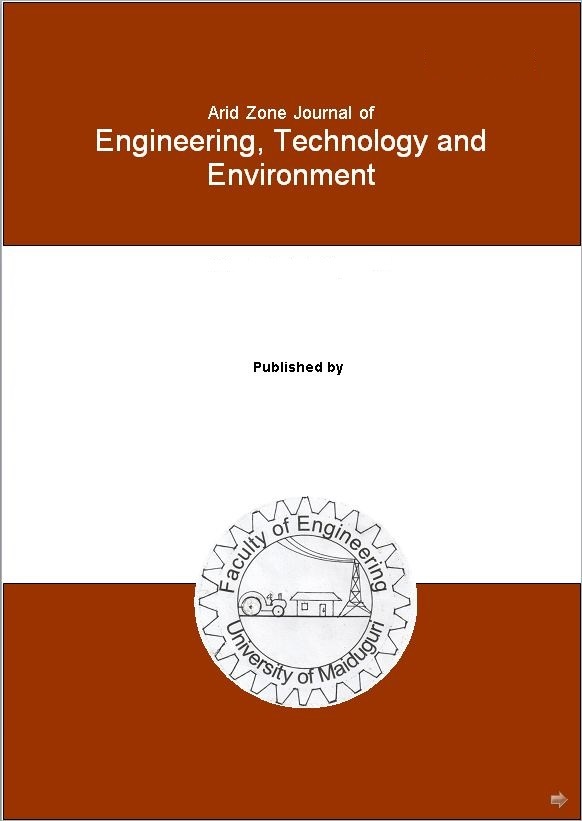Abstract
Coal is one of the most abundant fossil fuel which could be utilized for electricity production using different techniques. The pulverization technique is considered in this study which involves coal combustion to release heat which can be utilised to generate steam. Grinding and drying are prior combustion processes that increases rate of reaction during combustion. This study determines the thermodynamics characteristics of coal combustion using the pulverization technique for Five Nigerian coal samples (Odagbo, Owupka, Ezimo, Amansiodo and Inyi Coal). A process based model was developed using ASPEN PLUS for a coal power plant. The mass balance and energy balance equations for the plant components was used. Emission from coal combustion was determined at different equivalence ratios of 1, 0.7, 0.5, 0.4 and 0.3 respectively. It was observed that excess air supplied reduces emissions and there is a trade-off of combustion temperature. Also, the amount of ash released is independent of the equivalence ratio. From results obtained, at stoichiometry, Owupka coal sample has the highest combustion temperature of 2005ºC and the least ash production of 1.3kg/s while Inyi coal has the least combustion temperature of 1779ºC and the highest ash production of 18.8kg/s. Therefore, Owupka coal is recommended for use as it has the highest efficiency when used in combustion. Also, to improve the efficiency of Inyi coal sample, it is recommended to be mixed with high efficiency coals like Owupka.

This work is licensed under a Creative Commons Attribution-NonCommercial-NoDerivatives 4.0 International License.
Copyright (c) 2022 Arid Zone Journal of Engineering, Technology and Environment published by University of Maiduguri, Nigeria

